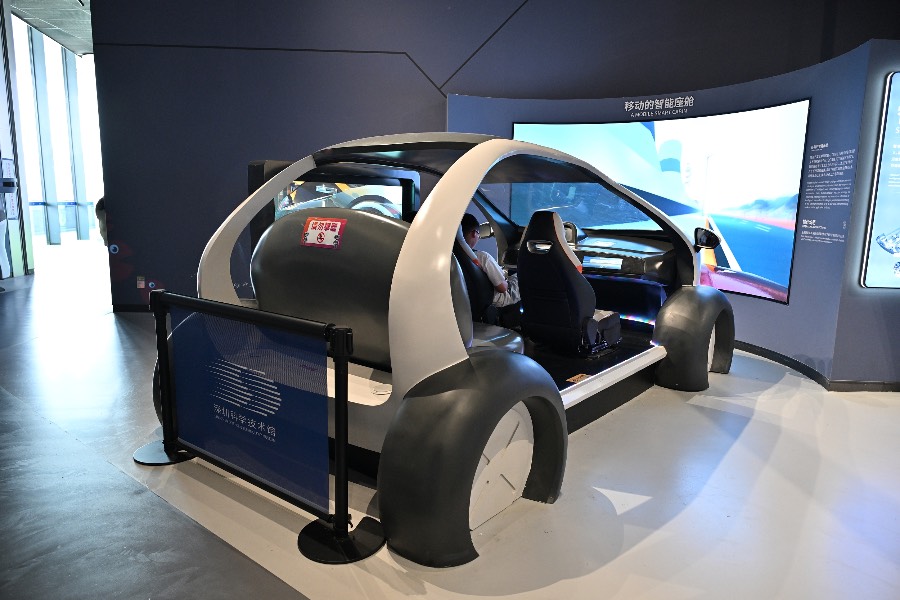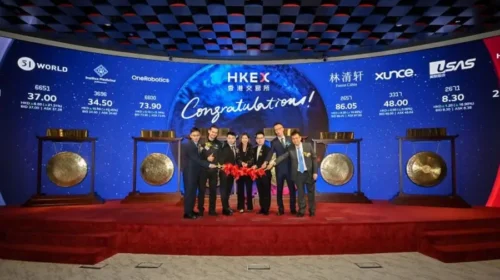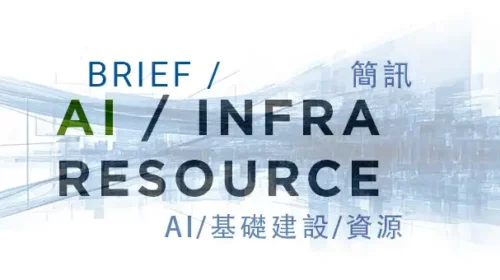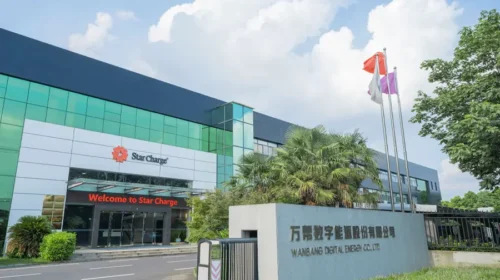In ‘Warring States Era’ for smart cockpits, Megatronix bets on modular approach

After dropping its largest customer, the smart cockpit maker is trying to prove its superior profitability with a “Modularization + Multi-Domain Integration” strategy
Key Takeaways:
- Megatronix has filed for a Hong Kong IPO, reporting its revenue retreated slightly to 1.42 billion yuan last year after a surge in 2023
- The smart cockpit maker’s losses have narrowed for three consecutive years, but its notes receivable ballooned in 2024
By Lee Shih Ta
Smart cockpits have emerged as a key driver on China’s road to more intelligent cars, creating fertile ground for new innovators in the fast-evolving space. Once limited to facilitating interaction between driver and car through voice commands and large touchscreens, such cockpits are now moving to the next level with the inclusion of AI-based natural language processing, visual recognition, contextual interaction, and remote OTA updates. As that happens, a product once considered an add-on and “nice to have” is rapidly becoming a central battlefield for automakers trying to differentiate their products.
The emerging sector has already produced some publicly traded choices for investors, with names like Minieye (2431.HK) listing in Hong Kong. Now, investors could soon have a new choice with the recent application for a Hong Kong listing by Megatronix Inc.
The new wave of software-defined technology powering the smart cockpit 2.0 era has not only reshaped the automotive supply chain but is also spawning a group of “Tier 1.5” suppliers like Minieye and Megatronix. Such companies are positioned between traditional Tier 1 giants like Bosch and Continental and module component suppliers. Other such smart cockpit providers include Autotai and Pateo Connect, which is also preparing to list in Hong Kong.
New listing candidates like Pateo Connect and Megatronix are hoping to follow in the footsteps of Minieye, whose shares have risen 39% since its trading debut at the end of last year.
Megatronix says its core competitive edge lies in its integrated “Smart Cockpit + X” product philosophy, according to its listing document. That means it consolidates various smart vehicle features, including the smart cockpit, advanced driver assistance systems (ADAS) parking, ADAS driving, telematics and OTA updates, into a unified physical domain controller embedded within the vehicle.
Megatronix says its modular, reusable software architecture allows for easy integration into models from different automakers. It says such a “pre-developed module library” approach eliminates the need to reinvent the wheel for every design. That can effectively shorten development and delivery times to months, which is well-suited to China’s increasingly “fast cycle, cost-sensitive” auto market.
Dropping its largest client
Megatronix is currently working on products for major automakers such as Chery, Changan, Dongfeng, Changan Mazda, Nissan, and Ford. The company has logged impressive growth since the first model equipped with its products went into mass production in 2022.
Its revenue nearly quadrupled from 388 million yuan ($54 million) in 2022 to 1.51 billion yuan in 2023, before slightly retreating to 1.42 billion yuan last year. Over that time, revenue from its largest customer rose from 205 million yuan in 2022 to 802 million yuan in 2023, before falling back to 324 million yuan last year, dropping from 52.8% of its total in 2022 to a much smaller 22.8% last year.
Last year’s drop came after Megatronix decided at the start of 2024 to end its partnership with its largest customer of the previous two years, Desay SV Automotive, a domestic leader in smart cockpits. That decision caused Megatronix’s revenue to decline last year, but helped to sharply boost its gross margin from 12.1% in 2023 to 21.8% in 2024.
That shows that Megatronix is putting profits before scale, taking a different approach from many startups that prioritize sales over profitability. Despite losing its largest client, the company significantly boosted its profitability, and also reduced its customer concentration, giving it a healthier base to grow from over the longer term.
Megatronix had partnerships with 12 automakers and secured design wins for 48 vehicle models by the end of last year, with annual shipments exceeding 630,000 units. “Our solutions power one in approximately every 10 new vehicles in China equipped with a smart cockpit domain control system,” according to its listing document.
However, like many others in China’s automotive supply chain, Megatronix still operates in the red, recording losses of 423 million yuan, 357 million yuan and 291 million yuan from 2022 to 2024, respectively. The company points out its losses are steadily narrowing, which owes to its increasing localization of components, a growing ratio of higher-margin modules in its product mix, and reductions in development costs for new projects using its modular approach.
Ballooning notes receivable
Megatronix held about 187 million yuan in cash at the end of last year, plus another 200 million yuan in restricted cash. But in a worrisome sign, its notes receivable more than quadrupled from 57.19 million yuan in 2023 to 249 million yuan last year. It also had accounts receivable of about 649 million yuan. This shift towards settlement via notes, which are more formal than accounts receivable, is undoubtedly increasing pressure on the company as such notes typically extend the actual cash collection cycle to three to six months or longer.
Megatronix has completed multiple funding rounds since its inception in 2018. The latest came in May this year, when it raised $30.69 million in a round that valued the company at $930 million, close to the rumored $1 billion valuation of Pateo Connect. That said, Megatronix’s profitability seems stronger than Pateo Connect’s. Megatronix’s losses are narrowing, while Pateo Connect’s widened by 540 million yuan over the last three years. Megatronix 21.8% gross margin also significantly outperforms Pateo Connect’s 11.8% and Minieye’s 16%.
The smart cockpit industry is currently transitioning from a cash-burning phase characterized by product development to one of mass production as technologies mature and get incorporated into more models. With its modular platform and pre-development strategy, Megatronix is showing strong system integration capabilities in technical delivery and an ability to control costs. While still unprofitable, its improving gross margins and partnerships with leading automakers appear to position it for further scaled growth and the potential to break even not too far down the road.
The positive investor reception for peers like Minieye is also elevating valuation benchmarks for the smart cockpit sector, creating a favorable listing window for Megatronix. The company could further boost its investor appeal by showing more breakthroughs in diversifying its customer base, improving its cash flow, and expanding its sales overseas.
To subscribe to Bamboo Works weekly free newsletter, click here




